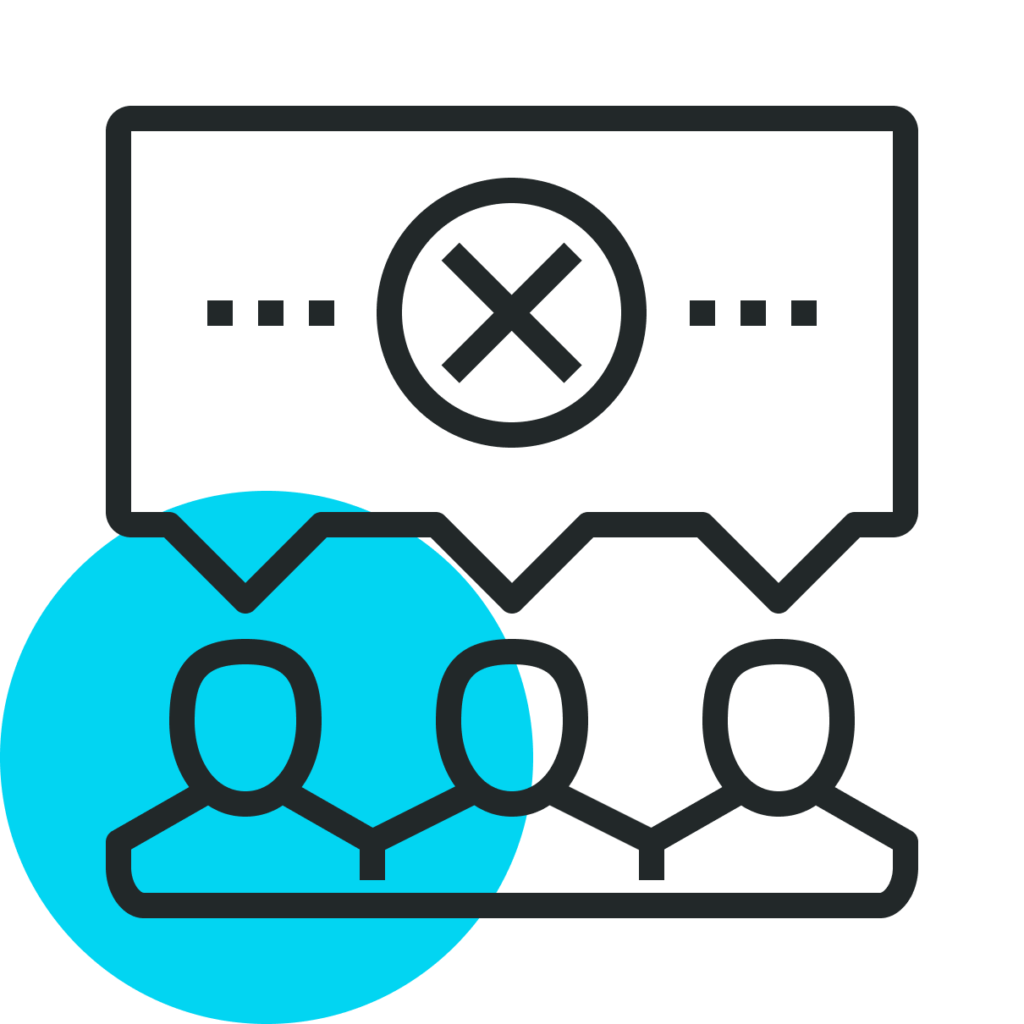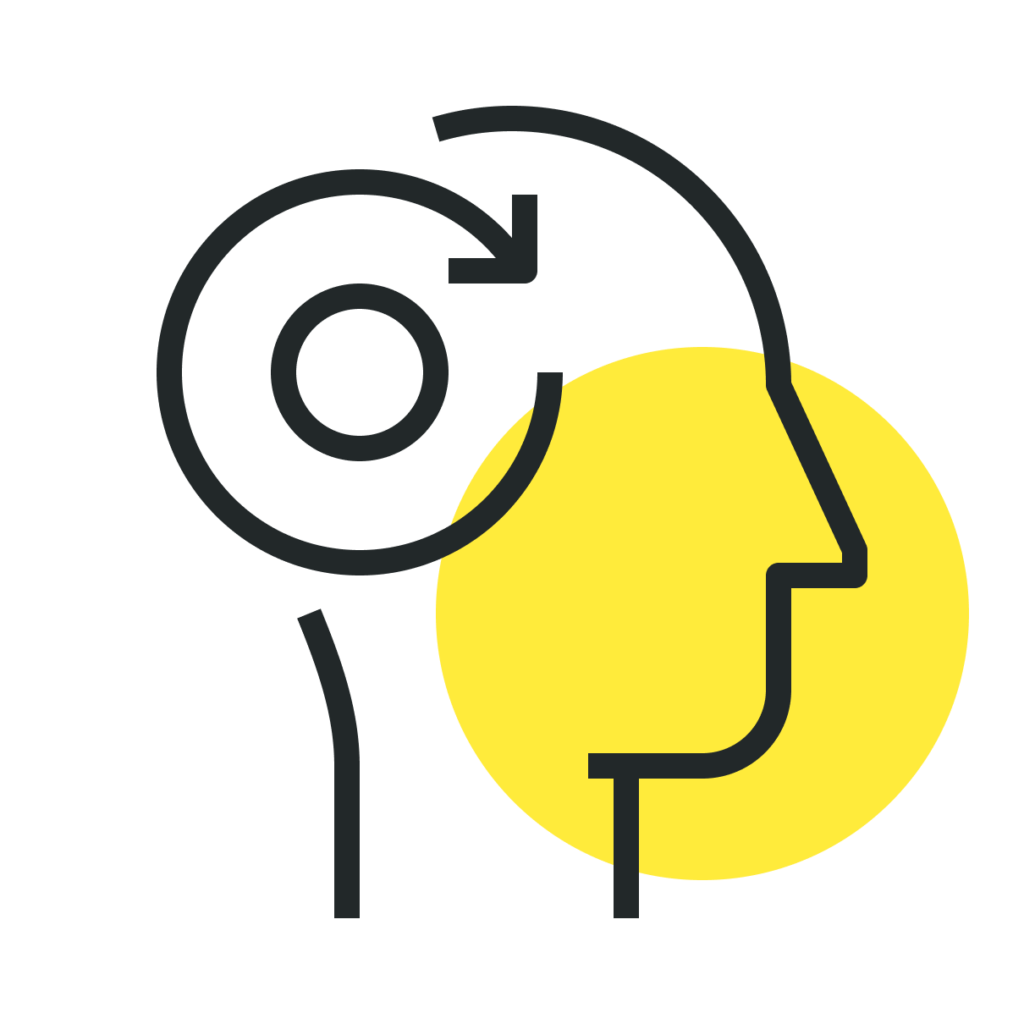Your cart is currently empty!
🎯 Here are some key takeaways:
Challenge your assumptions
Don’t assume everyone on your team shares the same perspectives as you. Regularly check in with your team and be willing to update your understanding based on new information, evidence, or different perspectives.
Question your intuition
The more experience you have, the more you’ll learn to trust your intuition. This isn’t a bad thing, but always make sure you’re checking your assumptions against new data as it comes to light.
Validate assumptions through rigorous processes
Implement structured methods for gathering feedback, conducting user research, and analyzing data to validate assumptions rather than relying solely on individual intuition.
Recognize potential blind spots
Acknowledge that your personal perspectives may be shaped by individual biases or limited contexts, and be open to alternative viewpoints that can broaden your understanding.
Don’t focus on extremes
Extremes may be memorable, but they are likely rare. Accounting for edge cases is important, but remember that this is probably not the norm, so use your time spent dealing with these cases wisely.



